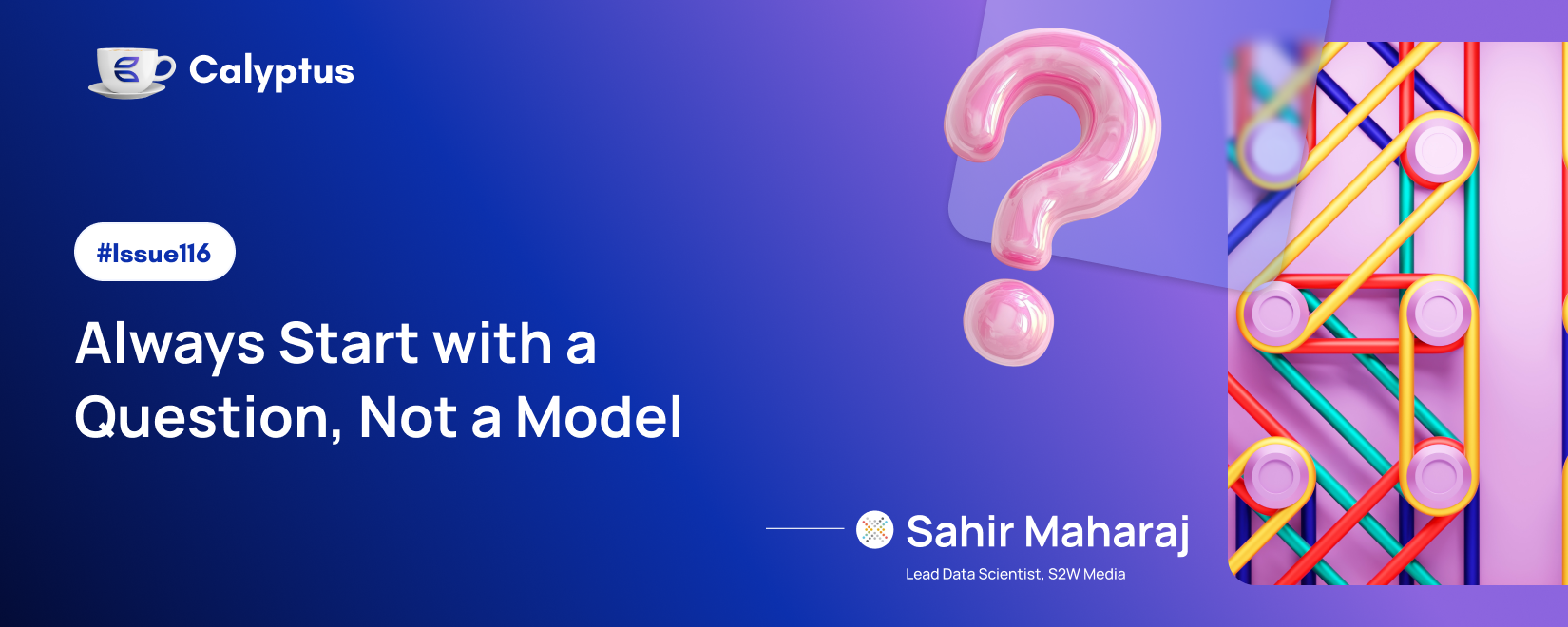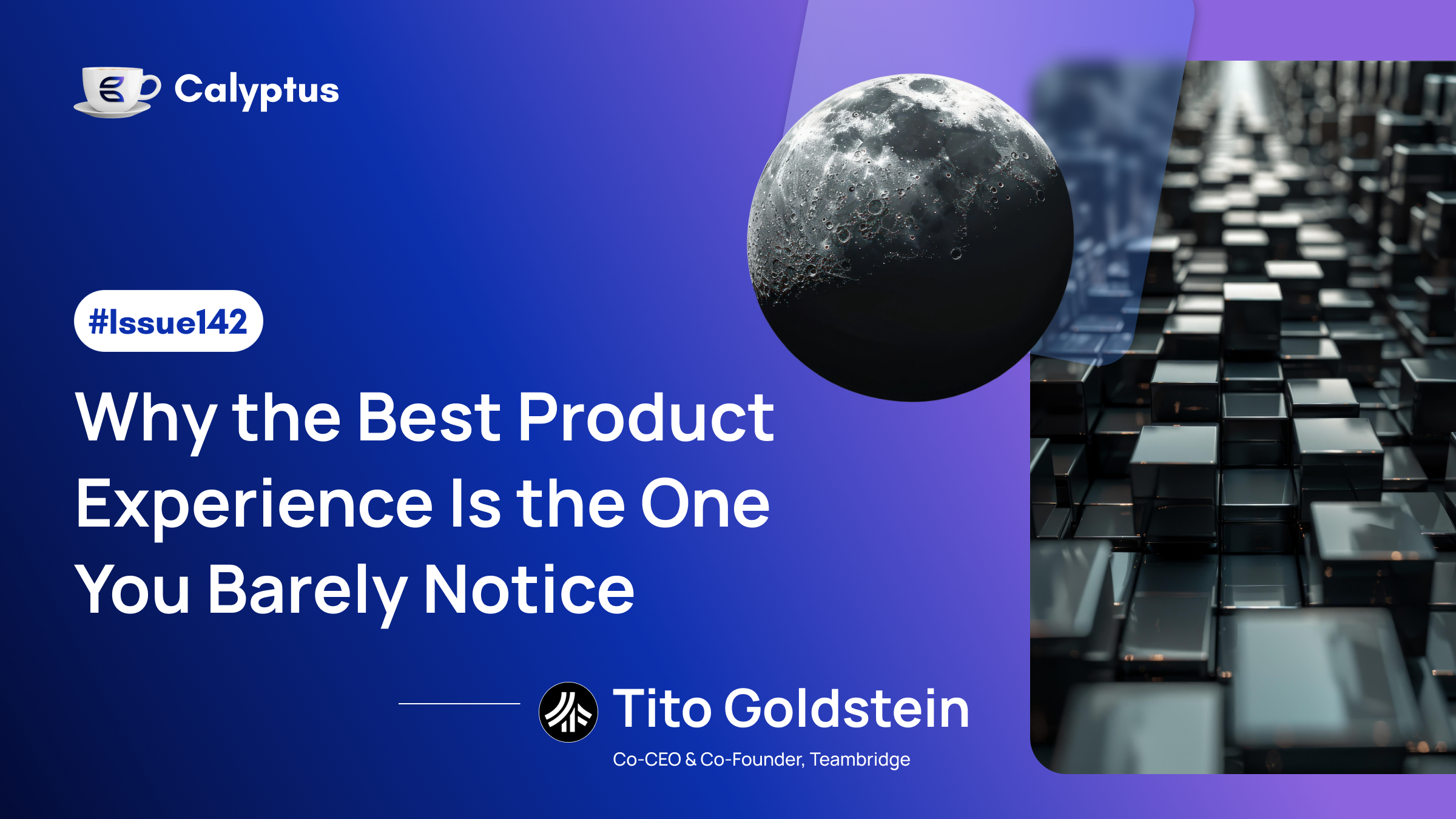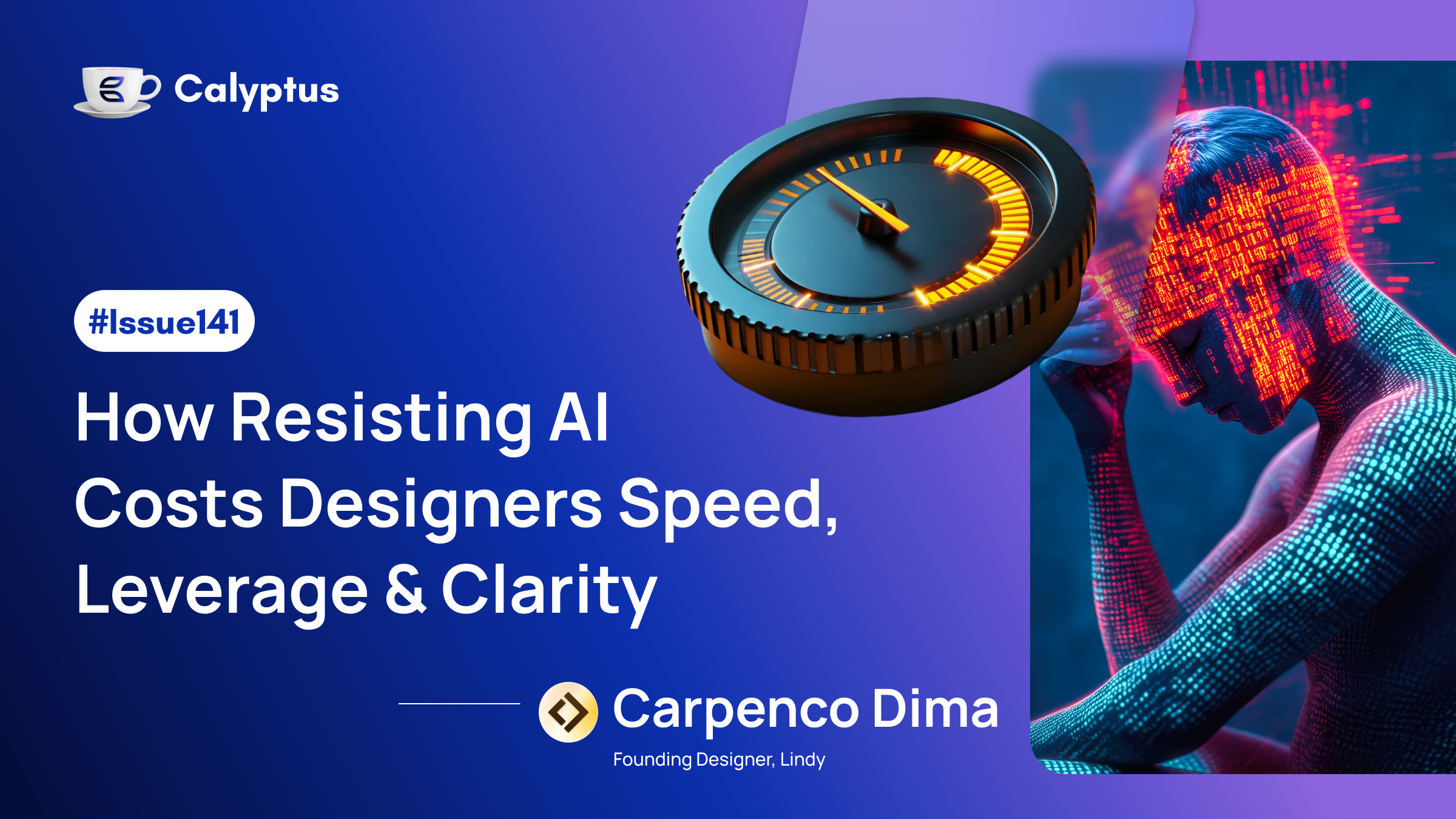This week on Coffee with Calyptus, we sit down with Sahir Maharaj, Kaggle Grandmaster, Microsoft Super User, and one of the Top 25 data scientists globally. From forecasting at BMW to AI advising at CTRL Data Inc, he shares why starting simple, building with empathy, and staying humble have been key to long-term success.
.png)
From BMW to Old Mutual and S2W Media, what mindset or principles has helped you stay ahead in data science? You’ve built quite the following!
Curiosity has been my biggest driver. Whether it was forecasting at BMW, designing machine learning solutions at Volkswagen / Audi, or driving board level reporting for Old Mutual’s Exco - I've always approached problems by asking “what else can we learn from this?” That mindset has kept me learning, even when the tools and platforms keep evolving faster than anyone can fully keep up with.
I’ve also found that humility goes a long way in this space. Data science is collaborative by nature, and some of my biggest breakthroughs came not from trying to be the smartest in the room, but from listening to business partners and users.
Another principle that’s helped me is starting simple. It's attractive to over-engineer a solution, but the most impactful ideas I’ve built often come from breaking down a problem into its basics and delivering quick wins early.
And as for building a following - it happened gradually. I just shared what I was learning, posted content that resonated with me, and showed up consistently. Turns out, a lot of people are trying to figure things out too, and it becomes easier to learn together.
You’re a Microsoft Super User and Kaggle Grandmaster that ranks in the Top 25 data scientists globally. What’s one key lesson you’ve learned about building AI tools people will actually want and love?
If there’s one principle that’s stuck with me, it’s this: build for usefulness before cleverness. On Kaggle, you learn quickly that performance matters - but in the real world, usefulness wins. I’ve built tools that hit 99% accuracy but got shelved, and I’ve built simpler ones that were adopted across teams overnight.
People don’t fall in love with the tech, they fall in love with how the tool makes their work easier. That’s why I believe empathy is just as important as engineering. When I build solutions, I don’t just try to be “innovative” - I try to solve a real problem with clarity.
What also really interested me was how much the interface and experience matter. Even the best logic falls flat if the user is overwhelmed. So, I always start designing with a "how would I explain this to a 10-year-old" approach - it helps keep things accessible and user-friendly :)
You’ve ranked in the top tier of Power BI contributors and have had over 900+ bookings on Topmate.io (not to mention your impressive reviews!). How did your community-driven work influence your approach to product development today?
It’s been one of the most rewarding elements of my journey. Helping others build in Power BI through one-on-one mentoring sessions or downloadable resources gave me a front-row seat to what real people struggle with. And when you hear the same challenges over and over, you start to realize what actually needs fixing.
Community feedback has made me a better product thinker. Instead of guessing what users want, I’ve learned to ask better questions, observe more patiently, and listen for the why behind the request.
Whether I’m building an app, mentoring, or exploring a new solution… I approach everything with an empathy-first mindset. If it doesn’t help someone do something better, faster, or easier, it’s probably not worth building yet.
Now that you're advising CTRL Data Inc and mentoring startups, what’s a common misconception you see founders have about AI integration and how do you help them course-correct?
A lot of founders think AI is the “thing” they need to build - when really, it should serve the thing they’re trying to build. There’s often an enticement to plug in models too early or use buzzwords to attract attention, but the magic only happens when the AI fits into a real workflow.
One way I help is by shifting the focus from the tech stack to the user journey. How will this actually help someone make a decision faster? Where’s the friction today, and how does AI reduce it (not add to it)?
It’s also about expectations. Many teams assume AI will work like a magic button… forgetting that quality data, user trust, and ongoing iteration are what really make it work. So, I often help them zoom out and design systems that can grow in maturity, rather than aiming for instant perfection.
What I enjoy most is helping teams go from “We want AI” to “We understand where it fits.” That shift is when things start to click. They go from chasing HYPE to building something grounded.
Let’s talk adoption: what kind of impact are you already seeing within the organizations that have implemented agentic workflows?
It’s been exciting to see how agentic workflows are quietly transforming daily operations. At first, there’s always skepticism - people wonder if the agents will just become “fancy macros.” But once they see agents handling repetitive tasks, surfacing insights, or even helping triage decision logic, adoption starts to snowball.
What’s most interesting to me is the cultural shift. Teams go from “asking IT for a report” to configuring their own smart agents that talk to data, generate outputs, and learn over time.
We’re also starting to see less context-switching. Agents can pull insights from multiple systems and present them in one place, which makes decision-making faster.
And in reality, I find that the best sign of success is when people forget they’re using AI at all. It becomes part of how they work, not something separate. That’s when I know we’ve built something truly useful… and that’s the goal I try to aim for every time 😊
We hope you enjoyed this edition of Coffee with Calyptus. Stay curious, stay inspired, and keep building what matters. Explore more editions and insightful articles at https://www.calyptus.co/blog.




